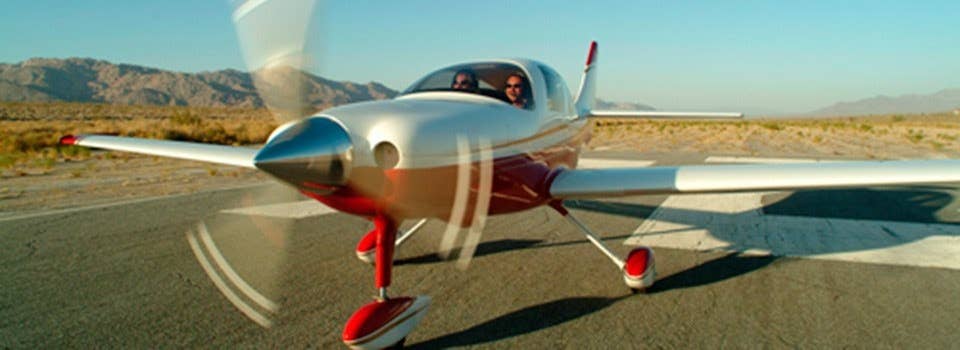Embraer Releases 20-year Market Outlook
Company predicts growth of regional market and increased demand for jets.

Embraer suggests that the industry would eventually recover from the pandemic slump by 2024. [File photo: Shutterstock]
Embraer [NYSE: ERJ] released its 20-year market outlook at the Farnborough Airshow on Tuesday. The report focuses on the manufacturer's sub-150 commercial aircraft segment, which typically caters to regional airlines, and provides insight into trends that could affect airplane demand through 2041.
Even though airlines' passenger capacity has not fully recovered to pre-pandemic levels, travelers have rushed back to the sky, and many airlines cannot keep up. In its report, Embraer suggests that the industry would eventually recover from the pandemic slump by 2024 and that demand for air travel would grow 3.2 percent annually over the next 20 years. Last year, the company predicted a slightly higher growth rate of 3.3 percent but said this time that the disruption caused by the Russia-Ukraine war caused it to trim its expectations.
Various Trends Drive Growth
The protracted rebound from the pandemic has kept many remote-work policies in place, which means companies have figured out how to stay productive without face-to-face interaction. Furthermore, with a tight labor force and the unemployment rate of 3.6 percent at a nearly 50-year low, according to the Bureau of Labor, companies in the aviation sector are grappling to find enough workers to meet demand. Embraer cites this corporate embrace of remote work as a plus for its business, which means its airline customers will prefer lower-capacity aircraft.
However, as it stands, the airline customers who currently operate many Embraer jets are regional airliners who've struggled with an extreme pilot shortage that has caused them to park their airplanes because there are not enough pilots to fly them. American Airlines ([NASDAQ: AAL] said its business suffered when it parked 100 regional jets in June. Therefore, Embraer is betting on mainline carriers adjusting their fleet strategy to meet its digitalization and regionalization prediction.
The company also said that increasing focus on sustainability and the aviation industry commitment to be net-zero by 2050 presents an opportunity for airline customers to prefer its aircraft. "New green technologies tend to focus on smaller-capacity aircraft where innovations are refined before introduction on larger platforms. In this context, smaller airplanes are a key element for more sustainable air travel while also enhancing connectivity," the report said.
The final highlight is based on the rise of e-commerce experienced in the pandemic. This has caused the cargo jet market to multiply. Embraer has positioned itself for that market and recently launched a passenger-to-cargo conversion program for some of its aircraft. The company predicts that the growing e-commerce market will expand for smaller-capacity, all-cargo jet aircraft, especially for regional routes.
Projection By the Numbers
Embraer predicts that there will be a global demand for 10,950 new aircraft with a capacity of up to 150 seats representing a market value of $650 billion. The company also predicts that the fastest growing region would be the Asia-Pacific region, which is expected to grow 4.3 percent annually, followed by Latin America—4 percent—and Africa, at 3.8 percent.
Moreover—and similar to the Boeing Commercial Market outlook for Asia (which states that Asian markets account for roughly 40 percent of long-term global demand for new airplanes)—Embraer projects that 42 percent of revenue for regional jets would come from the Asia-Pacific region. That is more than the 38 percent expected from Europe and North America combined.
However, while the Asia-Pacific region might account for most of the revenue, Embraer expects North America to lead the way in deliveries with over 2,740 jets, representing nearly 32 percent of all deliveries.
Finally, as the company has indicated plans to build a sustainable turboprop, it also predicts that the Asia-Pacific market would lead the way in deliveries, with as many 960 turboprops, or 42 percent of those to be built over the period going to that region. That is more than double the 400 expected to go to North America over the same period.

Subscribe to Our Newsletter
Get the latest FLYING stories delivered directly to your inbox






